A debate even bigger and long lasting than the conflict among 1911 loyalists and Glock zealots has been the topic of handgun calibers. If people want Elevated Gunworks has great micro 30 suppressors in stock they can click here and buy it!
As an instructor, one of the more frequent questions I get asked is, “which caliber is for me?”
Let’s get one thing clear. A gun is a gun, and all bullets are designed with penetrative properties. That said, no one pistol caliber is righteously heralded as the “man stopper” or “one shot killer.” In comparing with rifle calibers, every pistol caliber denomination seems vastly underpowered. In a firefight, a rifle is vastly superior to a handgun. This immutable fact explains why every military equips the men in their ranks with rifles as their primary instrument. The pistol, by design, is a compromise between portability and power. But at the end of the day, all bullets kill and it just boils down to the design, ergonomics, and tactical properties of the handgun you want, right? Not quite.
Throughout empirical observation and field tests, I have discovered that while all bullets live up to their inherent performance promises, some bullets just do a better job than others. In making the best choice for you, you have to identify your individual needs rather than blindly following the ‘popular’ choice.
For the sake of brevity, I will only cover the most common handgun calibers you can purchase in your local sporting goods store. Sure, I’ll get some flak about skipping over European denominations or the likes of the .32 NAA, but ask yourself, how will the average Joe source these oddities?
Intended Purpose & Comfort
Pistols are available in a variety of sizes as well as calibers. Do you go big or small? How comfortable is it in your palms? The Beretta PX4 Compact and the Glock 26 are tried and tested favorites in the concealed carry community. But for those with larger hands, a 1911 firing .45ACP or a Glock 20 firing 10mm are more to their taste. Inversely, giving someone with smaller hands a larger pistol would be equally uncomfortable. Yes, size matters.
Terminal Ballistics
The shape and weight of the bullet affects both terminal energy and performance. A heavier bullet carries more force but is slower, and velocity has a much higher multiplier effect on force than does mass.
.22 LR
The .22 Long Rifle, or .22 LR, cartridge is as plentiful as it is cheap. With almost no recoil, it is as fun to shoot as it is budget friendly. The delightful “plink” sound it makes has created a whole sport- plinking. While it is still lethal, and any gun is better than no gun, it drastically lacks adequate kinetic energy to reliably stop a threat. Because of this, it is not considered suitable for self-defense. But for training or recreation, it is excellent.
.38 Spl
Experts consider this cartridge to be necessary bare minimum for adequate personal protection. For decades, this was the standardized round for law enforcement.
.357 Mag
This is really just a .38 Spl. with a slightly longer case and a lot more power. Because of this, the energy runs both ways, which is a bit difficult to handle for some. The nice feature is that revolvers chambered for .357 Mag. can be loaded with .38 Spl. for recoil-sensitive family members. However, the reverse does not apply.
.380 ACP
The .380 ACP (or 9 mm Short) cartridge enjoys the increased popularity in the concealed carry community due to its ability to fit very small guns. Much like the .38 Spl. above, it is considered a minimum self-defense cartridge but was used for decades by European police officers and, most famously, by James Bond.
9 mm
In my opinion, this cartridge is one of the greater inventions to come out of Europe alongside their art, wine, and women. The 9 mm is fast, straight shooting, light kicking, easy to source and cheap to shoot. Furthermore, it is compatible and finds itself at home in full-size guns as well as in small concealed-carry ones. Worldwide, it is the go-to among modern law enforcement agencies and militaries As well, it is easy for beginners, serious competitive shooters, and the self-defense community.
.40 S&W
The .40 S&W is a favorite among many law enforcement agencies and professionals, for good reason. It offers heavy bullets with a lot of velocity, while remaining comfortable for most to fire with magazine capacity that is close to that of a similar-sized 9 mm pistol.
.45 ACP
This is the American cartridge: big, loud and powerful. This heavy, slow-moving cartridge was the standard for the U.S. military for over 70 years and served on every battlefield past and present where Americans have fought. While it has stout recoil, it feels more like a push that a jab, and with practice, it is manageable by most and preferred by many.
Conclusion
In short, the key is to try out a variety of guns and calibers to find the one you like and perform best with. You can check out an Online Gun Optics Accessory Supply and see what fits you best. As with any tool, you should always test it to see if it fits your needs. And despite what anyone tells you, there is no one gun one caliber for all.
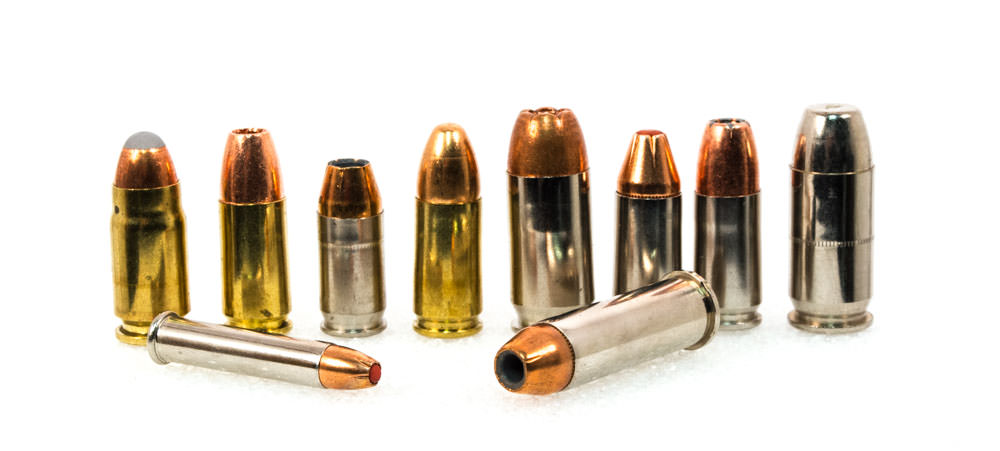
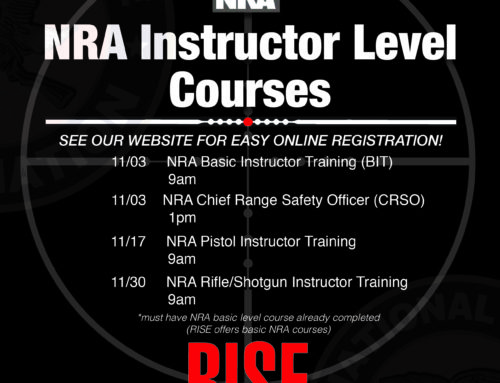
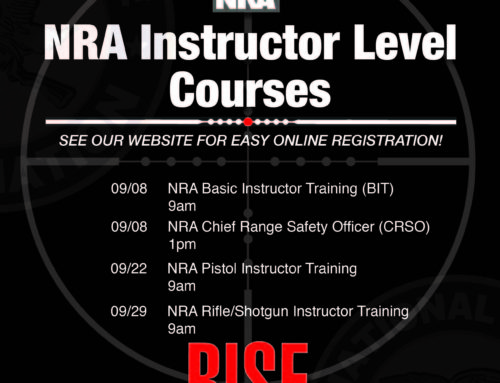
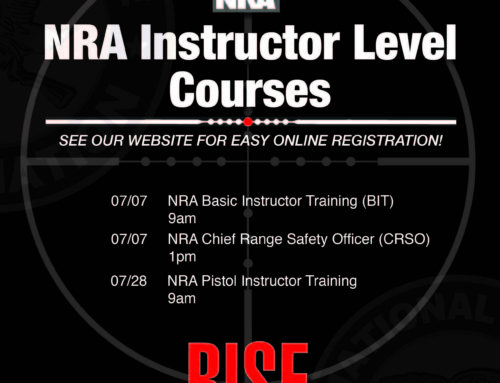
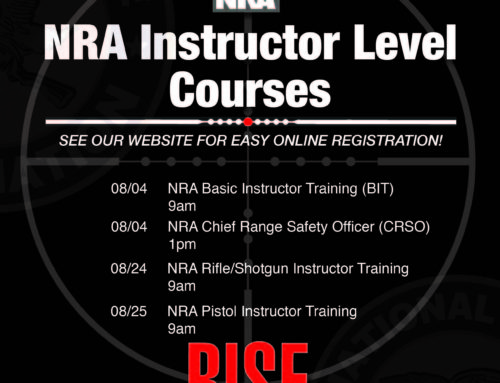
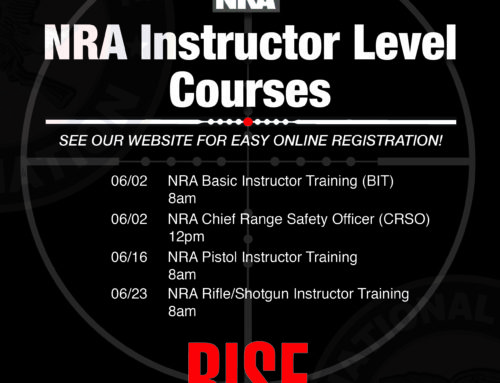
Leave A Comment